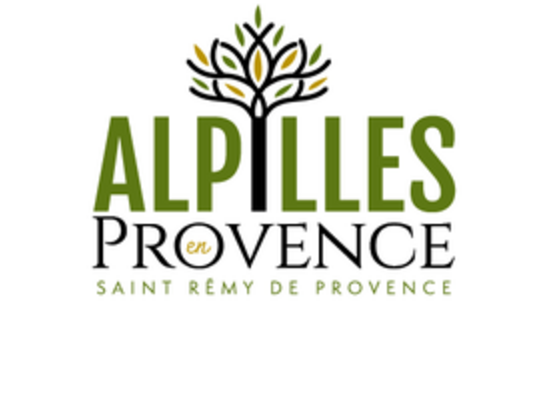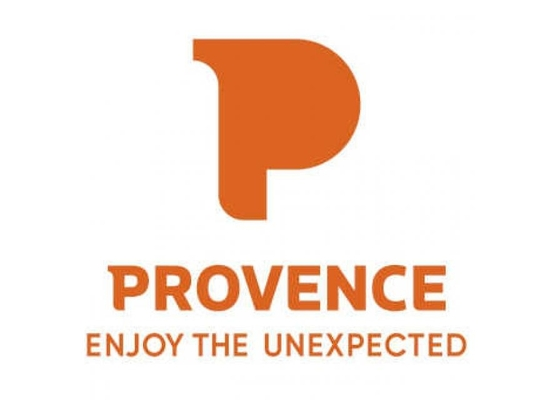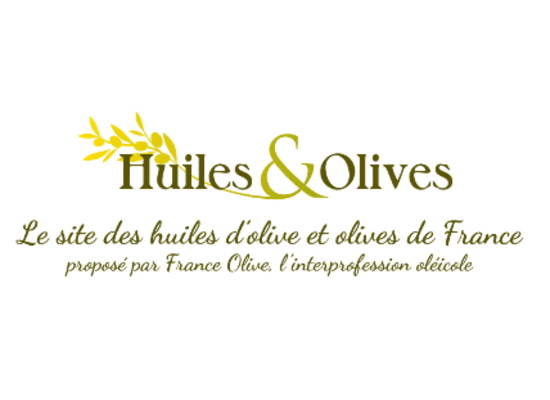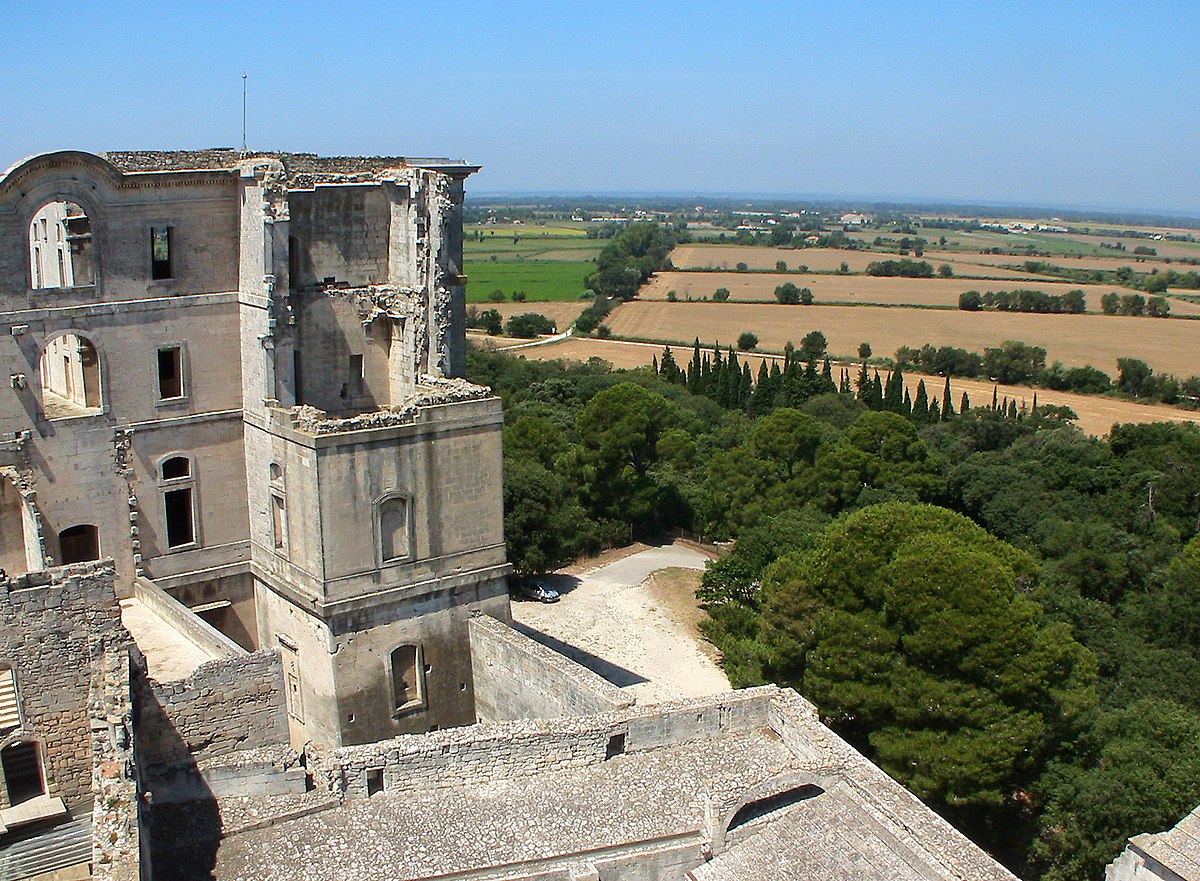Around the Mas
Discover the Provençal way of life by staying in an authentic mas and exploring its picturesque surroundings.
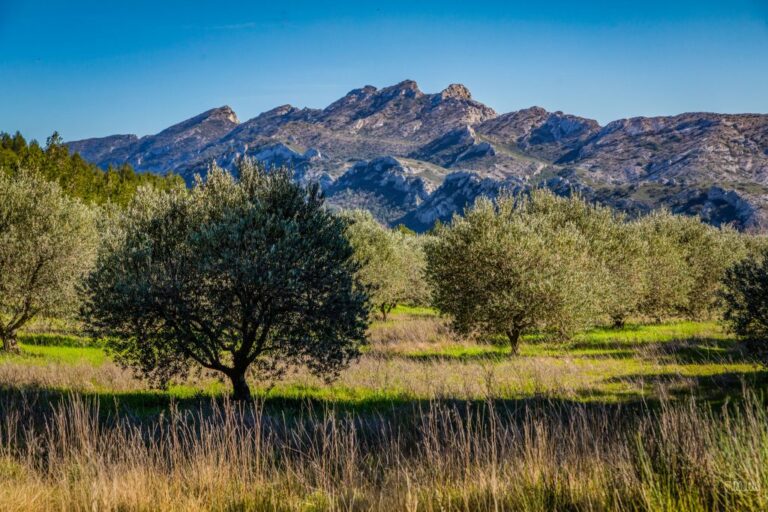
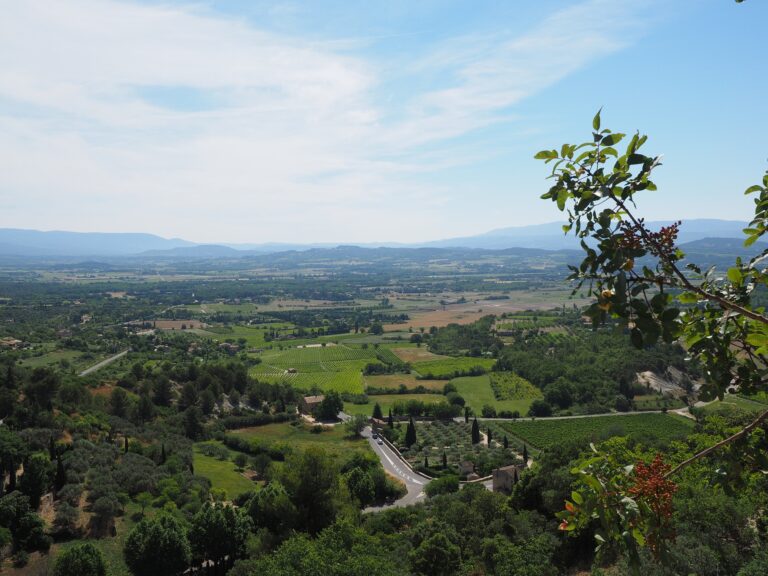
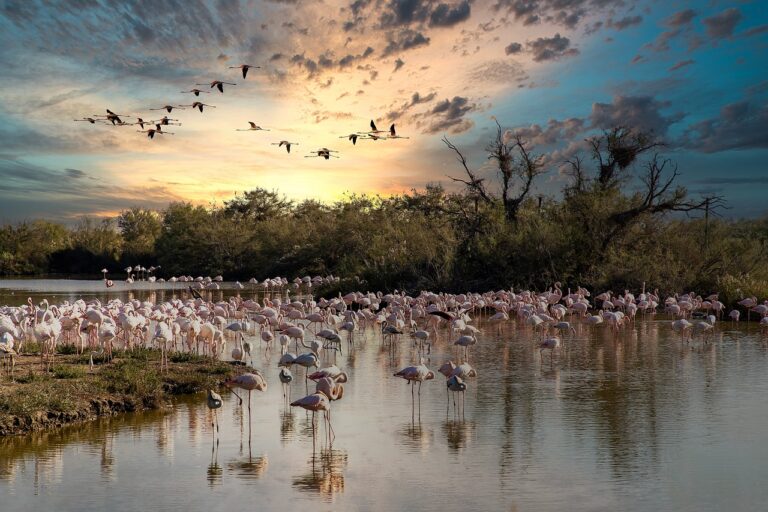
The Lubéron
The Luberon offers breathtaking landscapes. Its villages perched on mountainsides, its castles, and its ochre cliffs invite you to explore this remarkable region. It is delightful to wander its trails on foot or by bike during the sunny days. You can even plan a long itinerary to explore over several days.
The Luberon is home to around fifty villages, each uniquely perched or nestled against the Luberon Massif and the Monts de Vaucluse. They are surrounded by breathtaking landscapes of olive groves, vineyards, Mediterranean forests, and orchards. Every viewpoint offers a spectacular panorama of the most famous mountain ranges in the South of France: Mont Ventoux, the Dentelles de Montmirail, the Alpilles, and, in the distance, Sainte-Victoire. Endless vineyards stretch across the horizon, making it a true pleasure to walk or cycle through them. Wanderers often stumble upon a château along the way, where they can discover some of the finest Rhône Valley wines.
Each village, all part of the Luberon Regional Natural Park, has preserved its historic heart and distinctive architecture in its own way. Stately homes in village centers contrast with traditional farmhouses (mas) and country estates (bastides) in the countryside, alongside cobbled streets, flower-filled gardens, ancient ruins, hilltop churches, canals, old wells, mullioned windows, and historic gateways.
Two villages in the area are officially ranked among the most beautiful in France: Gordes and Lourmarin. Additionally, the village of Oppède-le-Vieux is recognized as a “Remarkable Heritage Site.”
Exploring Provençal gastronomy is another enticing travel theme. Following a culinary route to taste local specialties is a delightful experience. During a hike, stopping at a farmhouse for refreshments and ordering traditional country bread is a cherished ritual for visitors. It is also the perfect opportunity to sample the region’s renowned truffles—turning a simple omelette into a gourmet feast. Lamb dishes are also among the local culinary highlights.
Taking a trip through the Luberon to discover its history is also possible by visiting its monuments and museums. Let yourself be told the story, from the Roman people to the Popes in Avignon, through the Jewish quarters of Cavaillon and the turbulent history of the Waldensians in the Luberon, as well as the Plague Wall.
The Mirabeau Bridge is a monument of great significance in the region. It served as the backdrop for the films Jean de Florette and Manon des Sources, directed by Claude Berri. The current bridge was built in 1987 and spans the Durance River, but visitors can still admire the remains of the old suspension bridge and its pier.
The village and the enclos des bories, which seem to be in the middle of nowhere, are worth visiting during a journey through the Luberon. These stone huts, once used as seasonal shelters for shepherds and their livestock, offer a fascinating glimpse into the past. The village has long been abandoned as its inhabitants moved to the cities.
The garrigue is a classic part of the Luberon landscape. Exploring this region inevitably involves a journey through its wild scrublands, seemingly in the middle of nowhere. Nature lovers will enjoy admiring its vegetation and the animals that make it their home.
The Luberon also has numerous waterways and bodies of water, including the Étang de la Bonde, Lac de Cadenet, the Cucuron Basin, the Apt Water Reservoir, and the lakes in Beaumont-de-Pertuis.
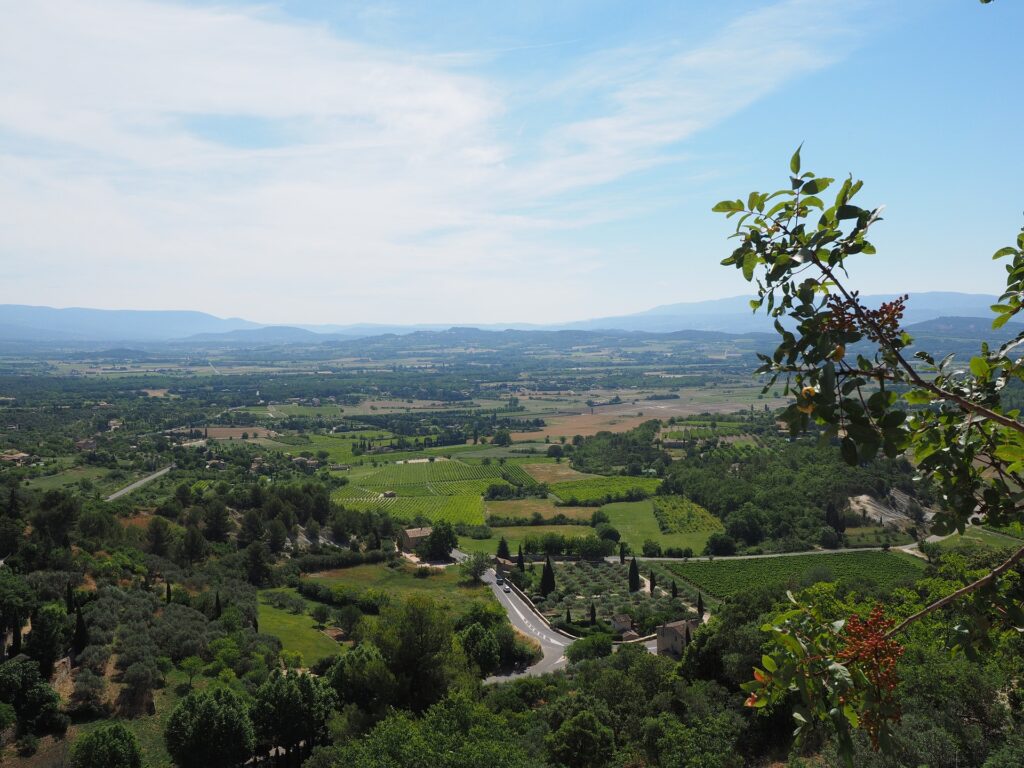
The Camargue
The secret and poetic Camargue. Ponds and salt marshes lined with reeds, birds, and sea foam. Arles will be the gateway to the Camargue. An unmissable stop, Arles and its surroundings will immerse you in Provençal folklore and Roman history. Then, the must-see destinations: Saintes-Maries-de-la-Mer, Aigues-Mortes, Le Grau-du-Roi, Port Camargue, Salins de Giraud, and Le Sambuc. Whether you seek a rustic, bohemian, or luxurious experience, the Camargue guarantees a complete change of scenery and surprising emotions. Local markets, wine estates, boutiques, horseback or 4×4 rides, traditional ranches, bullfighting shows, museums, and restaurants—everything is here for an unforgettable journey…
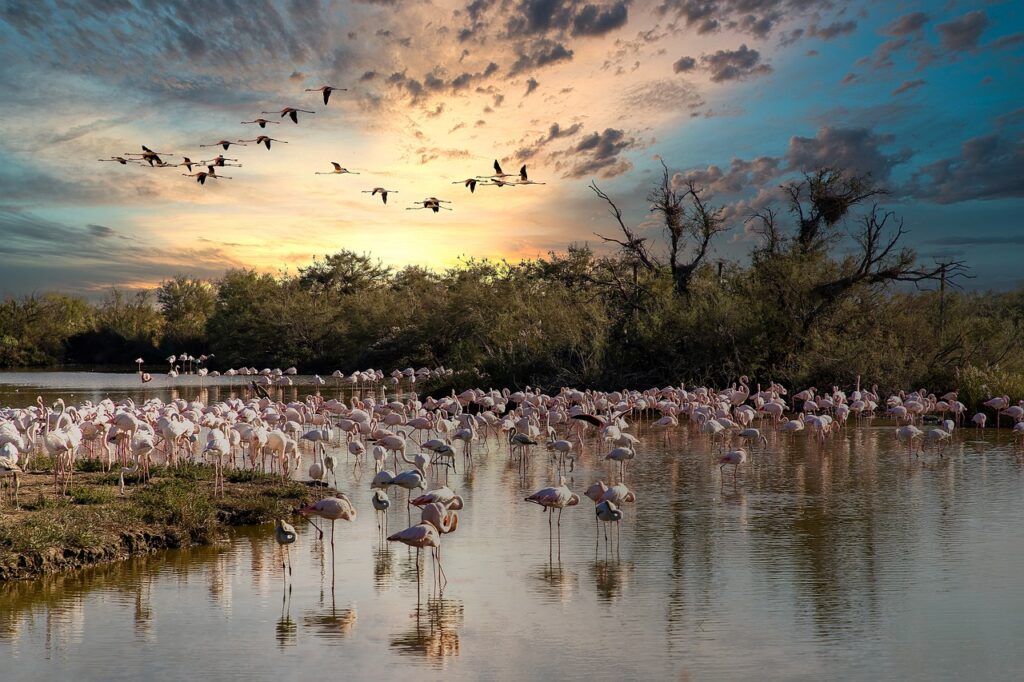
The Alpilles
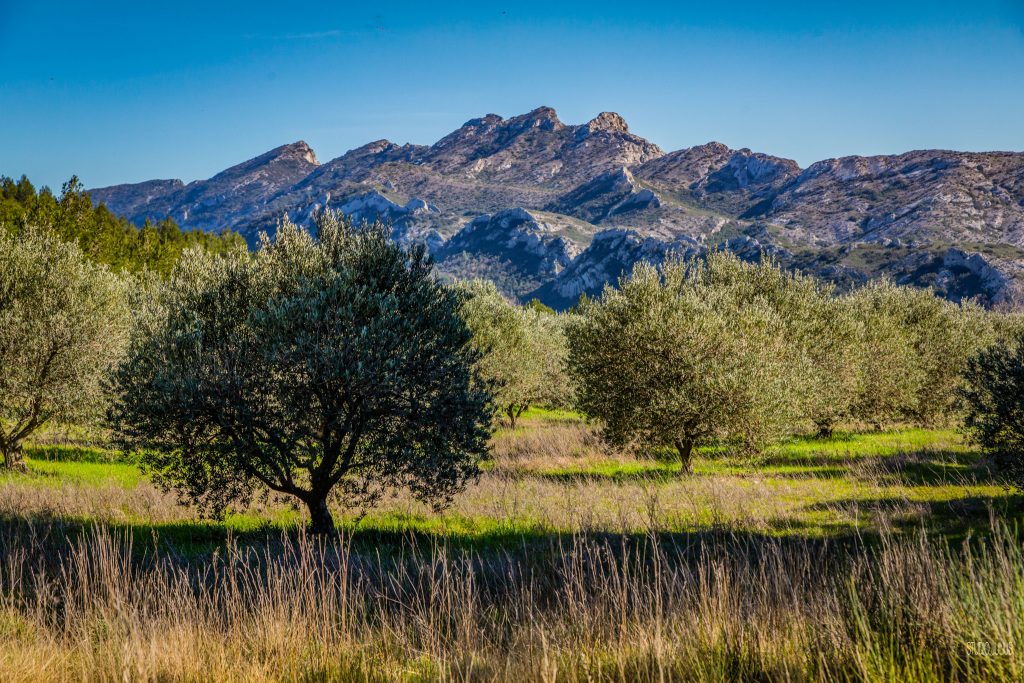
A land full of emotions and a multitude of charming villages. Among the most visited, be sure not to miss Correns, an entirely organic village; Gassin, a haven of tranquility just a stone’s throw from Saint-Tropez; Callas, where silence reigns in its narrow streets; or Tourtour, also known as “the village in the sky.”
But even more incredible villages await in the Nice region, such as Èze Village, Peille, Peillon, and L’Escarène—places that seem to flow directly into the sea. These villages, shaped by history, were strategically built atop mountains to escape invasions.
As you explore, the region’s culinary specialties will surely delight food lovers. Pissaladière, beef daube, anchoïade, brousse cheese, estocaficada, stuffed Niçoise vegetables, and many other delicious recipes await.
Among the most fascinating sites is the Trophy of Augustus in La Turbie. Built in the first century BC to celebrate the victory of the Roman Emperor Augustus over the Alpine tribes, this monument overlooks the entire French Riviera, from the Estérel mountains to the Italian coast. Visitors can admire engravings, models, mouldings, and a breathtaking panoramic view.
The Monastery of Saorge, a former Franciscan convent founded in 1633, features a Reformed church in Baroque style, preserving its original 17th-century design. One of its most remarkable aspects is its decoration: frescoes, sundials, and Stations of the Cross painted on canvas from the Alpes-Maritimes, offering a journey back in time in a single visit.
The Cloister of Fréjus Cathedral is an authentic 5th-century baptistery. Attached to the cathedral, it forms, together with the former episcopal palace and medieval buildings, an ensemble that adorns the ancient city founded by Julius Caesar in 49 BC. The cloister’s galleries, with their coffered wooden ceilings painted with imaginary bestiaries, offer a unique representation in the region.
The Thoronet Abbey, beautifully set in a wooded landscape, is renowned for its “Wild Stones.” It is the perfect place to admire one of the most exceptional examples of Cistercian architecture. Built in the late 12th century, this monument is one of the “three Provençal sisters,” along with the abbeys of Silvacane and Sénanque.
The island of Porquerolles is one of the must-visit places on the French Riviera. It is the largest of the three Hyères islands, and it is particularly loved for its beautiful beaches accessible by boat or jet ski. For example, there is Plage de la Courtade or Plage Notre-Dame. Otherwise, the island is also a favourite spot for tourists who enjoy exploring the town by bike.
Nestled in a lush green setting, the town of Le Rayol-Canadel opens out to the sea and the islands to the south, and is surrounded by the Massif des Maures to the north. The place is perfect for exploring, and lovers of beautiful sandy beaches will find a truly paradisiacal spot here. Coves and bays also await visitors for unforgettable souvenir photos.
Heading to the French Riviera and not stopping by the most famous seaside resort in the region would make for a rather lacklustre trip. Indeed, a true haven nestled in the hills and well sheltered from the mistral can only be a place where life is good. Bandol also finds its charm in the ancient villas that line the small coves.
The French Riviera is the favourite spot for those who love perfect tanning on beautiful beaches, as well as for those who are easily captivated by stunning sunsets over the coast. But it is also a perfect destination to explore the Var hinterland, where originality is key, whether in the environment, hospitality, accommodation, or dining. It’s easy to play the tourist in this area for a weekend or a longer stay. To better discover this region, where it’s never quite hot enough for holidaymakers eager for exploration and adventure, renting a holiday home on the French Riviera is a must.
Useful links
- Lien utiles
Randonnées dans les Alpilles
- Lien utiles
Les Alpilles à vélo
- Gastronomie
La truffe ou diamant noir de Provence
- Gastronomie
Les Alpilles et la vallée des Baux
- Gastronomie
Le champignon en Provence
- Culture
Musée des Alpilles
- Culture
L'Abbaye de Montmajour
- Culture
Carrières des lumières
- Culture
Arenes d'arles
- Marchés de Provence
Les marchés provençaux dans les Alpilles
- Marchés de Provence
Les marchés de provence
